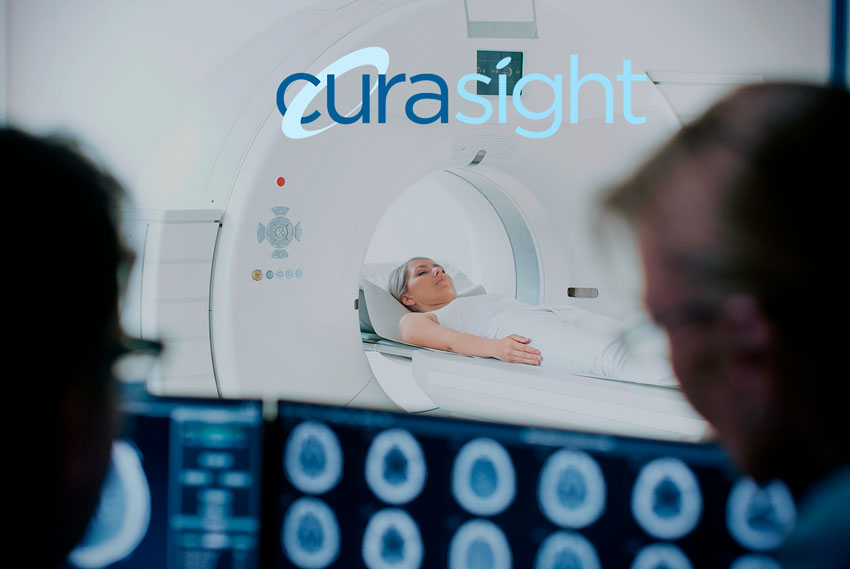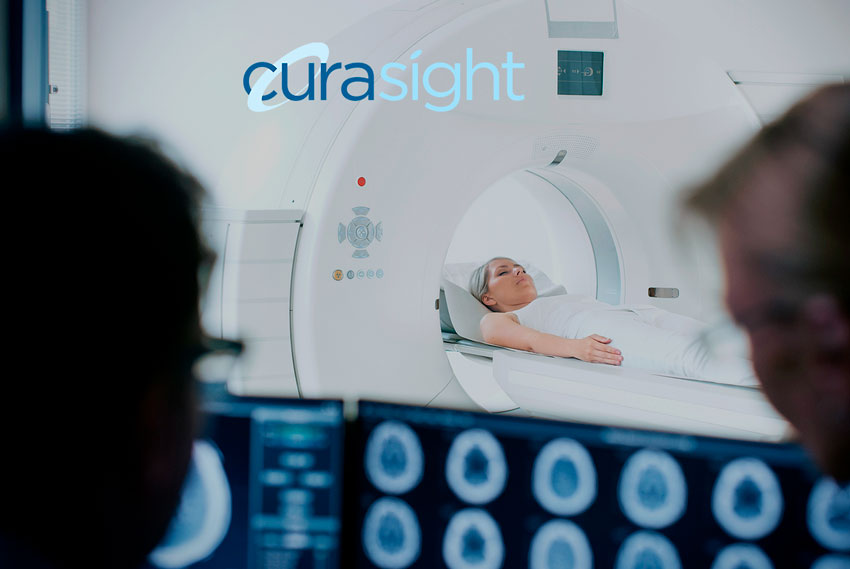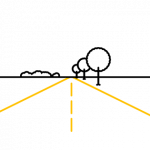A key issue in cancer treatment is that when cancer cells are removed by, for example, radiation or chemotherapy, healthy cells are often destroyed at the same time. This can have significant side effects. Curasight, FluoGuide and SpectraCure have each developed products that can target cancer cells with greater precision without damaging healthy tissue.
Biotech has struggled on the exchanges this year, but positive news has had a big price impact, as Fluoguide is a good example, and these three companies have potential price triggers on their hands.
- Curasight A/S
Curasight has developed two products that can identify cancer cells (uTRACE) and deliver targeted radiation therapy (uTREAT) to cancer cells without harming healthy tissue. Both products work by binding to receptors found only in cancer cells. uTRACE works by injecting a substance into the bloodstream that binds to cancer cells. uTREAT works by the same mechanism as uTRACE, injecting it into the bloodstream and binding to the cancer cells via the receptors. The difference is that once uTREAT has bound to the cancer cells, it emits radiation that destroys the cancer cells.
Curasight has completed Phase II clinical trials for uTRACE, while uTREAT is in early clinical trials. In addition, Curasight has an ongoing Phase II study of uTRACE for brain cancer, with first data expected to be published in H2-2022. Similarly, they have just initiated a preclinical study of uTREAT for head and neck cancer, with results expected to be published in H1-2023. The results of both studies are potential stock price drivers.
Curasight has a market capitalization of 203 MDKK, and the stock has declined 63% year to date.
Price development of Curasight A/S vs. Kapital Partner Healtcare Index year to date

2. FluoGuide A/S
FluoGuide has developed a substance (FG001) that makes cancer cells luminescent during surgery. It helps surgeons perform operations with greater precision without removing healthy cells. It is also used to help surgeons make sure they remove all cancer cells during surgery. Fluoguide uses the same receptor as Curasight (uPAR) to find the cancer cells.
FluoGuide’s lead product candidate (FG001) completed a Phase I/IIa clinical trial in brain cancer in H1-2022 with positive results; 40 patients received FG001, with only 3 patients reporting mild side effects. In addition, tissue tests were performed in 8 patients who received optimal dose, with cancer detected in 100% of the samples. FG001 is expected to enter the market in 2025 for glioblastoma (brain cancer) with a market size of $300 million.
FluoGuide A/S has a market capitalization of 686MSEK, and the stock has fallen 32% year to date. Fluoguide A/S is a Danish company but it is listed in Sweden.
Price development of FluoGuide A/S vs. Kapital Partner Healtcare Index year to date

3. SpectraCure AB
SpectraCure uses laser light to destroy cancer cells. The company inserts optical fibres directly into a cancer tumour, sending measurements to proprietary IDOSE software. The IDOSE software uses the measurements to continuously calculate how much laser light is needed to destroy the power tumour. By combining laser light, optical fibres and proprietary software, treatments can achieve maximum effect without damaging healthy tissue.
SpectraCure still needs to complete clinical studies before the product is launched. The company’s solution is initially targeted at recurrent prostate cancer. 700,000 die from prostate cancer annually in the US and Europe, with 10% dying after relapse from radiotherapy.
SpectraCure AB has a market capitalisation of 389MSEK, and its share price has fallen 32% year to date.
Price development of SpectraCure AB vs. Kapital Partner Healtcare Index year to date










